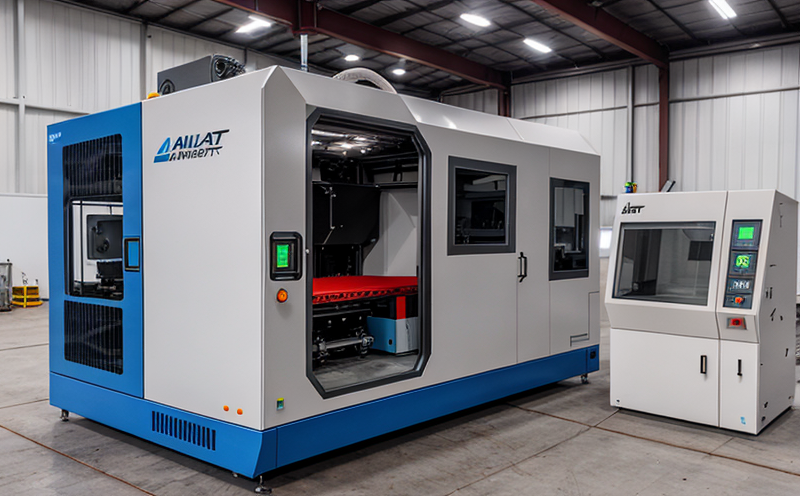ISO 52944 Heat Treatment Testing of AM Components
The ISO standard 52944 specifies requirements and guidelines for heat treatment processes used in the additive manufacturing (AM) industry. This service ensures that components produced through various AM techniques achieve the necessary mechanical properties, dimensional stability, and microstructure uniformity required by design specifications.
Understanding the intricacies of AM processes is essential to achieving reliable performance across industries. Heat treatments play a critical role in ensuring that 3D-printed parts are strong enough for their intended applications while meeting quality control standards. The ISO 52944 standard provides precise procedures and methodologies for conducting heat treatment tests on additive manufactured components.
When performing these tests, laboratories follow stringent protocols to ensure accurate results. Specimens undergo controlled heating followed by cooling cycles designed to alter their microstructure without compromising dimensional accuracy or mechanical integrity. These processes can include quenching, annealing, tempering, and stress-relieving treatments tailored specifically for different AM materials like stainless steel (SS), aluminum alloys, titanium alloys, nickel-based superalloys, cobalt-chromium alloys, and others.
The testing procedure typically involves several steps: - Preparation of specimens according to ISO 52944 guidelines - Application of heat treatment cycles under specified conditions - Inspection using non-destructive methods such as visual inspection, hardness testing, metallography, X-ray radiography, ultrasonic flaw detection, and others.
Accurate interpretation of the results allows manufacturers to verify compliance with industry standards like ASTM F42 or ASME YQ1-2019. Compliance ensures that products meet safety regulations set forth by governing bodies worldwide.
| Industry Sector | Application |
|---|---|
| Aerospace | Ensuring lightweight yet robust components for aircraft structures. |
| Medical Devices | Precise heat treatment of implants to enhance biocompatibility and durability. |
| Automotive | Producing high-performance engine components that withstand extreme conditions. |
| Manufacturing | Developing cost-effective production methods for tooling and fixtures. |
Why It Matters
The importance of ISO 52944 testing cannot be overstated. Proper heat treatment ensures that additive manufactured components are free from defects and possess the desired mechanical properties necessary for their intended application.
In aerospace applications, for instance, even minor flaws in a component could lead to catastrophic failures during flight. By adhering to ISO 52944 standards, manufacturers can mitigate risks associated with poor quality control practices.
For medical device companies, ensuring that implants are free from internal stresses is crucial for patient safety. The ability to predictably alter the microstructure of printed parts through controlled heat treatment processes allows engineers greater design freedom while maintaining robustness.
In automotive manufacturing, producing engine components capable of withstanding extreme temperatures and loads is vital for performance and longevity. Properly treated AM parts can outperform traditionally manufactured counterparts in terms of strength-to-weight ratio and fatigue resistance.
Benefits
By utilizing ISO 52944 heat treatment testing, organizations gain several advantages:
- Enhanced Product Quality: Ensures that all components comply with required performance standards.
- Increased Safety: Minimizes the risk of failures due to internal stresses or incorrect material properties.
- Improved Efficiency: Optimized heat treatment processes can reduce production time and costs without sacrificing quality.
- Better Compliance: Ensures adherence to international standards, facilitating easier exportation into global markets.





